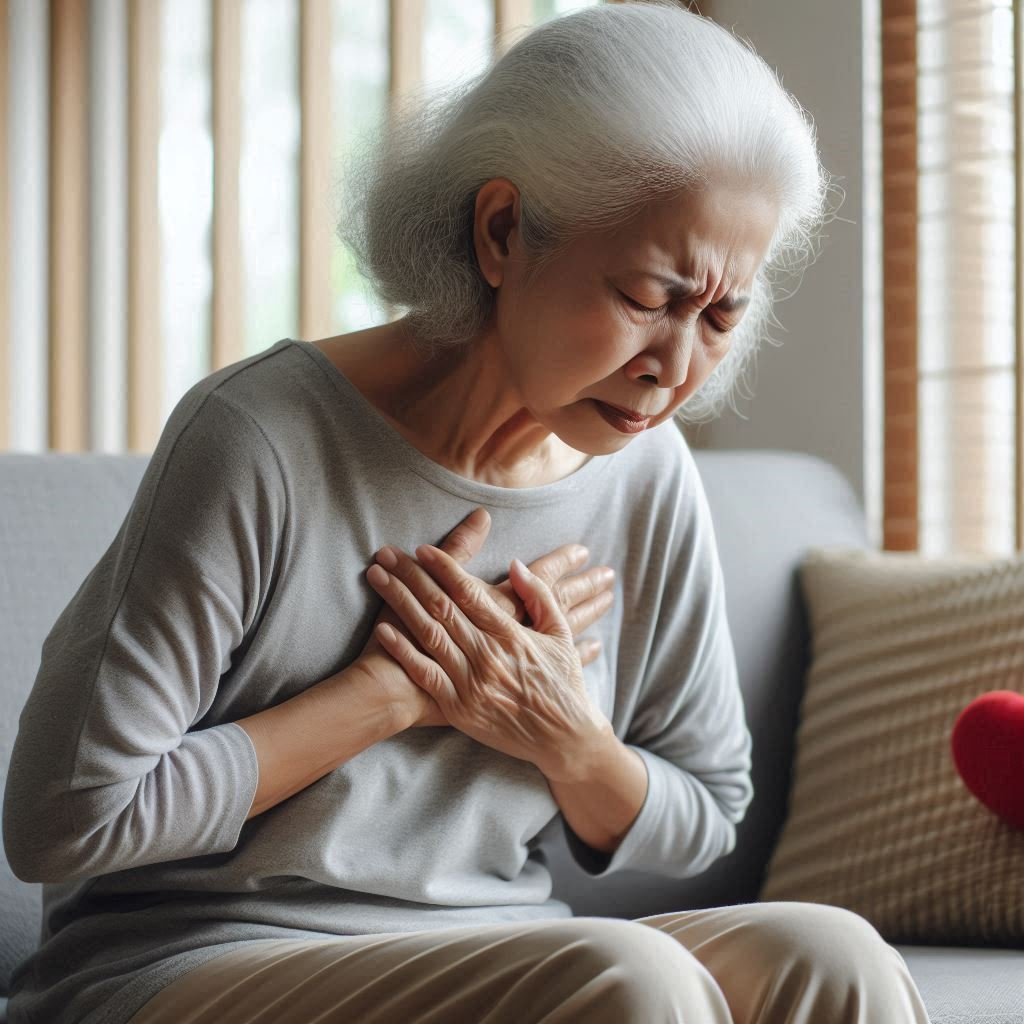
Atrial fibrillation is a disorder found in about 2.2 million Americans. Atrial fibrillation is the most common arrhythmia; risk increases with age, with 8% of people over 80 having AF. During atrial fibrillation, the heart’s two small upper chambers (the atria) quiver instead of beating effectively. Atrial fibrillation is often caused by changes in your heart that occur as a result of heart disease or high blood pressure. Episodes of atrial fibrillation can come and go, or you may have chronic atrial fibrillation. The condition can be caused by impulses which are transmitted to the ventricles in an irregular fashion or by some impulses failing to be transmitted. This makes the ventricles beat irregularly, which leads to an irregular (and usually fast) pulse in atrial fibrillation.
Most commonly, atrial fibrillation occurs as a result of some other cardiac condition Hyperthyroidism, hypertension, and other diseases can cause arrhythmias. Alcohol use (holiday heart) is also leading causes of atrial fibrillation. Abnormalities or damage to the heart’s structure is the most common cause of atrial fibrillation. Diseases affecting the heart’s valves or pumping system are common causes, as is long-term high blood pressure. Atrial fibrillation may be treated with medications. Medications are used to slow down rapid heart rate associated with AF. These treatments may include drugs such as digoxin, beta blockers , amiodarone, disopyramide, calcium antagonists (verapamil, diltiazam) etc. The anti-arrhythmic medications often used in either pharmacological cardioversion.
Radiofrequency ablation may be effective in some patients. Surgery can be used to disrupt electrical pathways. Aspirin is the standard treatment for patients at low risk for stroke and under 75 years of age. Atrial pacemakers can be insert under the skin to regulate the heart rhythm. AV node ablation involves applying radio frequency energy to your atrioventricular (AV) node through a long, thin tube (catheter) to destroy this small area of tissue. Blood thinners, such as heparin or Coumadin, may be given to reduce the risk of a thromboembolic event such as a stroke. Avoid binge drinking also preventing in this condition. Take part in moderately strenuous physical activity for at least 30 minutes every day. Use caffeine in moderation, if at all. Avoid other stimulants.
Atrial Fibrillation Treatment and Prevention Tips:
1. Eat heart-healthy foods.
2. Increase your physical activity.
3. Quit smoking and avoid alcohol.
4. Defibrillation increases the risk of stroke.
5. Reduce your salt intake, which can help lower blood pressure.
6. Surgery can be used to disrupt electrical pathways that generate AF.
7. Aspirin is the standard treatment for patients at low risk for stroke.
8. Atrial pacemakers can be implanted under the skin to regulate the heart rhythm.
9. Blood thinners, such as heparin or Coumadin, may be given to reduce the risk of a thromboembolic event.




